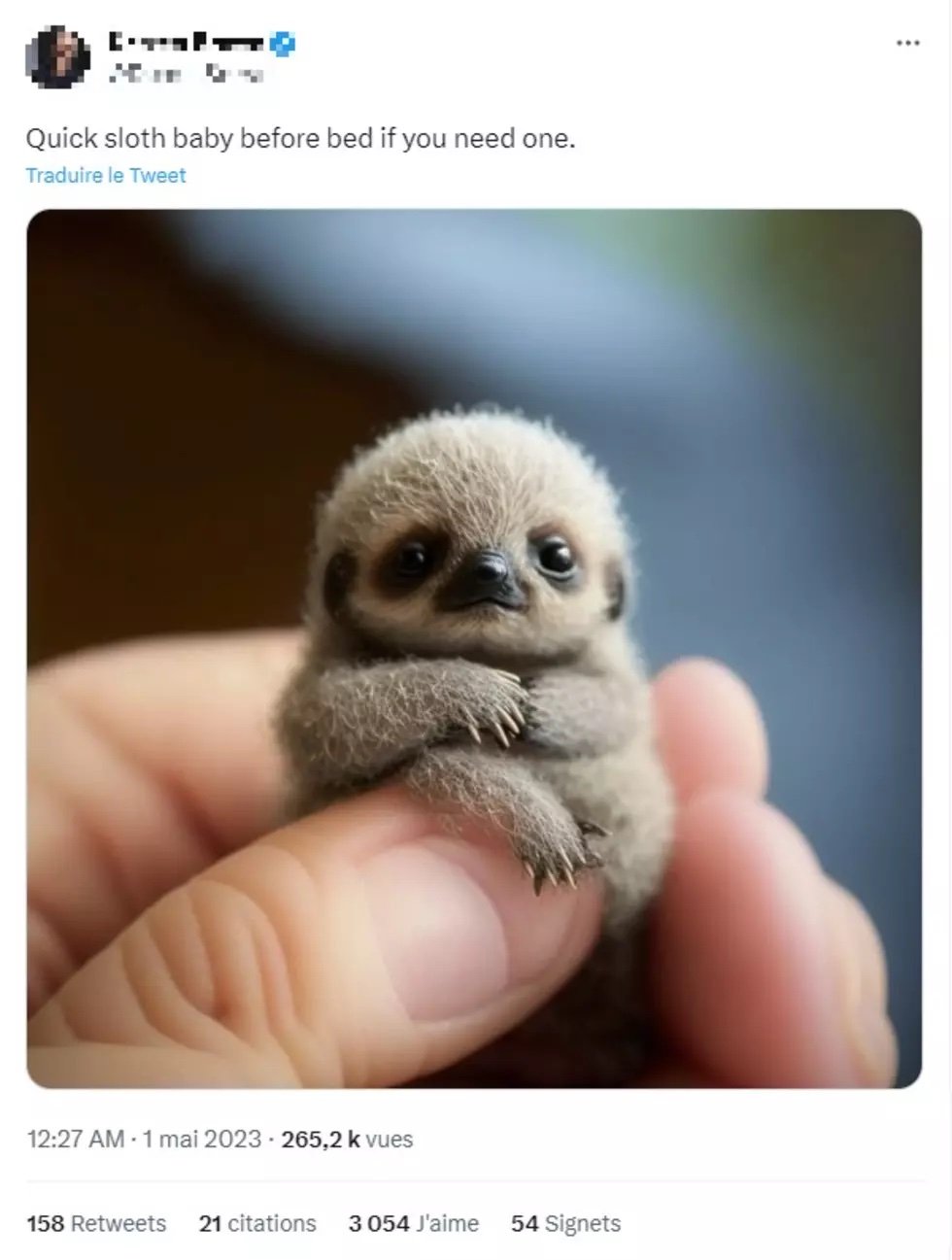Ethics and LLMs: Authenticity
OK, I’m going to try my hand at a squishy one! if I can figure out how to do this better later, I’ll just take another shot.
Have you ever read an emotionally moving story online— say, about someone doing something very generous, or veteran with no one at his 100th birthday party— and then you scroll down to the comments and it turns out that this same story with different details is all over the internet?
Or seen an adorable video of little hummingbirds snuggling together in a flower, then realized it was created by AI?
Gotten into an argument with a commenter, only to realize they were a bot all along?
It’s something of a let down, isn’t it? The story still made you feel something, the video is still cute, the bot makes a good point, but when you discover that it is inauthentic in some way, it takes some of the power out of it. AI can have this effect on people, and if you are considering using it at work, it’s worth thinking about.
I doubt you are considering creating a fake image of a thumb-sized sloth and passing it off as real at your job. (I needed an excuse to add this one. Look at him! I wish he were real).
However, there are some AI use situations at work where authenticity does come into play.
Imagine an employee appreciation email that seems to come from their boss, or a “heart”felt thank you message to a donor.
If you are using AI to customize emails, some recipients may at first think the emails are human-written because of the customized content, then realize that they are not.
That could create the same whiplash you’re experiencing when you repost a photo of this little guy on instagram and your friend replied to tell you it was fake.
You might feel deceived, embarrassed, or even vulnerable: if I fell for this, how am I going to tell truth from fiction in a world with more and more synthetic media? You definitely do not want your send an email that makes your donors feel this way!
It might seem like a great way to protect client’s identity and demonstrate details of your community work to generate an image that has everything: all the services, a beautifully lit setting, and photogenic clients with no privacy concerns. But, at least with the culture around AI that we currently have, faking images of helping people is likely to feel inauthentic to many people, and could even compromise trust in your organization.
Leveraging Authenticity
We have a pretty good idea about how human’s desire for authenticity might limit our work, but it opens up a lot of opportunity, too!
There’s a world where a donor is overwhelmed with their options to do good in the world and just asks and LLM what they should donate to. This may already be happening. But, when they come to you, you can offer them authenticity that the LLM could never!
An LLM could point them to your instagram account or website, but that interaction will not leverage the feeling of authenticity for the donor. You can connect with them, human to human. Share first-hand stories or video testimonials of people you’ve helped. With the time you save automating tasks, you could even take donors to a site and show them the work their donations are supporting.
I think that this is one of the most likely shifts due to AI for mission-driven work and charitable organizations in particular: at the same time as much of the work we have done in the past can be automated, donors will be wary or tired of automated interactions in other areas of their life and will seek human connection. Organizations who provide that will build better relationships than those who take automation as an opportunity to reduce hiring or cut staff.
Your human workers have authenticity naturally— it’s one of their superpowers! Lean in. Train your donor-facing workers on storytelling, encourage them to offer site visits, set up meetings with people who received money or other help. This kind of authentic experience retains current donors and gives them a story to tell their friends.
You can use LLMs to help generate an email template that matches your brand voice, summarizes your work in a particular area of interest, and includes mail merge fields (and there have prompts to help you do that in the free Mission-First AI Starter Kit!) but human review can add that unmistakable human touch (even if we also add a typo or two ;)
—
LLM disclosure.
I could have asked an LLM to generate some fake cute images for me, but I wanted to find some that are actually circulating out there. I thought about asking and LLM for editing ideas, but it is very annoying to copy and paste out of the blogging tool that I use when there are images in the post, so I didn’t end up using any LLMs for this post.




